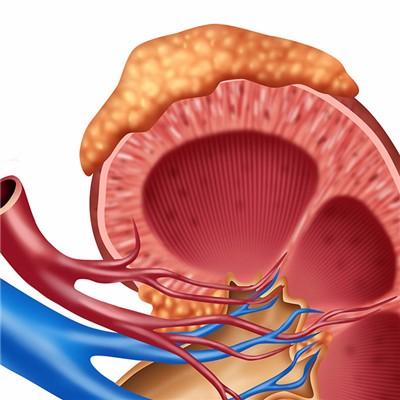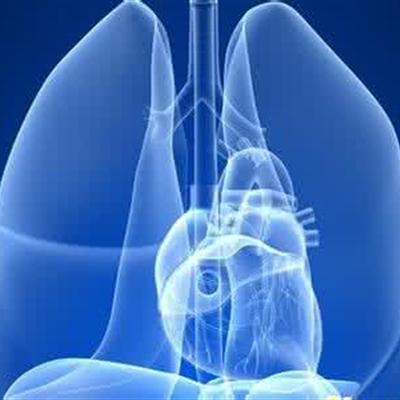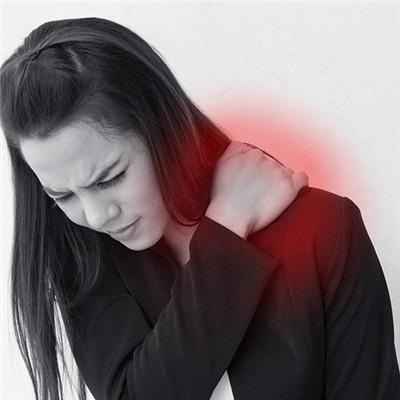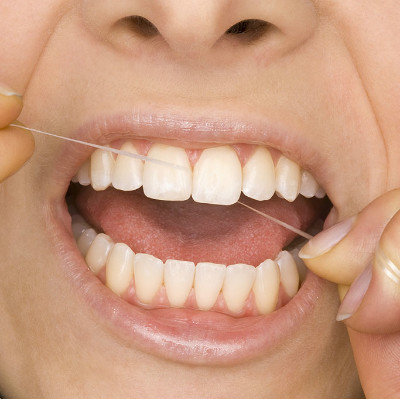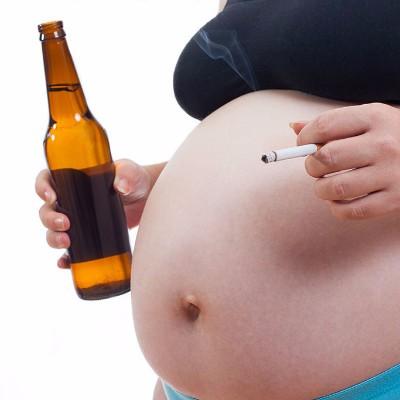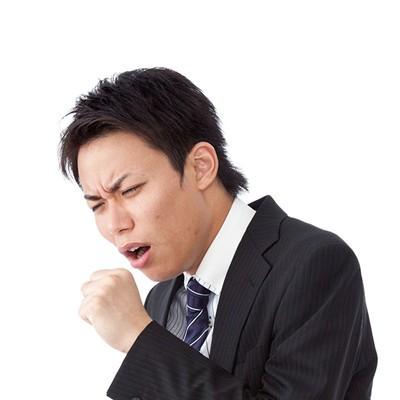Symptoms of cerebral palsy?
summary
The reason why infants get cerebral palsy is due to brain injury and infant growth retardation. Infant suffering from cerebral palsy will make children unable to develop normally, resulting in growth retardation. Infant cerebral palsy affects health and brings inconvenience to life. We should find out the symptoms of cerebral palsy as soon as possible. Symptoms of cerebral palsy? Let's talk about it.
Symptoms of cerebral palsy?
1, the incidence rate of spastic type (spasticity) is high, which accounts for about 60% of all patients. The lesions involved pyramidal tract system, increased muscle tension and limited limb movement. The upper limbs often show increased flexor tension, shoulder adduction, elbow flexion, wrist flexion, finger flexion, thumb adduction, grip in the palm. The tension of adductor muscle of lower limbs is increased, the hip joint is pronated, the thigh abduction is difficult, and the ankle joint is plantar flexion. In supine position, the knee joint and hip joint are in flexion position. In supine position, it is difficult to raise the head. In supine position, the head is backward or down. At the beginning of the seat, the head is tilted back. When it can be done later, it is difficult to straighten the legs, and the spine is kyphosis. When kneeling, the lower limbs are in a "W" shape. When standing, the hips and knees are slightly bent, and the toes touch the ground. Walking on tiptoe, scissors like gait. Hyperreflexia or activity of tendon, enhanced periosteal reflex, positive ankle clonus, positive Pap sign after 2 years old.
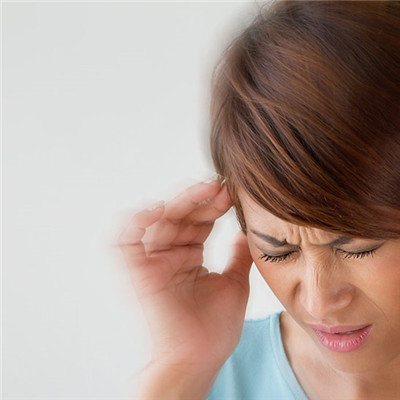
2. Athetosis accounts for about 20% of cerebral palsy. The main lesion is the extrapyramidal system. It is characterized by involuntary movements that are difficult to control by will. When conscious movements are carried out, involuntary, uncoordinated and ineffective movements increase. For example, when taking an object, one can't touch the object smoothly by hand. One often lifts the limb, or stretches it to other directions, shaking the limb, Whole body force, eyes open, mouth open, neck muscles also contract force, very uncoordinated. When nervous, involuntary movement increased, when quiet decreased, disappeared after sleep. As a result of facial muscle, tongue muscle and voice organ muscle movement involved, often accompanied by language disorders. There was no significant difference in mental retardation between the two groups. The muscle tension was increased. In the early stage (within 1 year old), hand foot creep type often shows low muscle tension, usually lying quietly in bed, almost no independent movement, lower limb flexion, wide abduction, ankle dorsiflexion in supine position (this posture is just opposite to spasmodic type), with the increase of age, muscle tension gradually becomes "stiff". It is difficult to feed, suck and chew in children with hand foot bradykinesia, and they often open their mouth and extend their tongue.
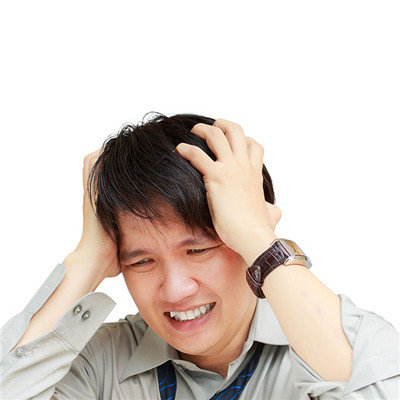
3. Ankylosis is rarely seen in this type. Due to the significant increase of muscle tension in the whole body, abnormal stiffness of the body, and reduction of movement, it is mainly extrapyramidal symptoms. When the limbs do passive movement, the active and antagonistic muscles have continuous resistance, the muscle tension is increased in a lead tube or gear shape, and the tendon reflex is not hyperactive. It is often accompanied by severe mental retardation.
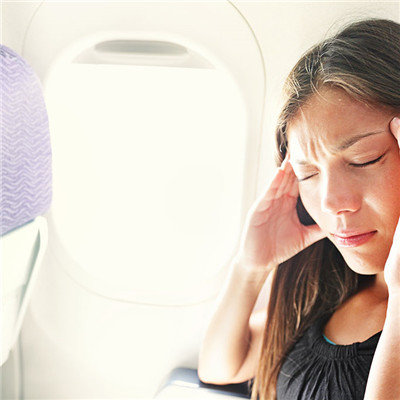
matters needing attention
The key is early diagnosis and early treatment, parents and medical staff should change the traditional wrong view, should not be pessimistic, disappointed, complaining, loss of confidence in treatment, should actively cooperate with the hospital for early intervention measures.
